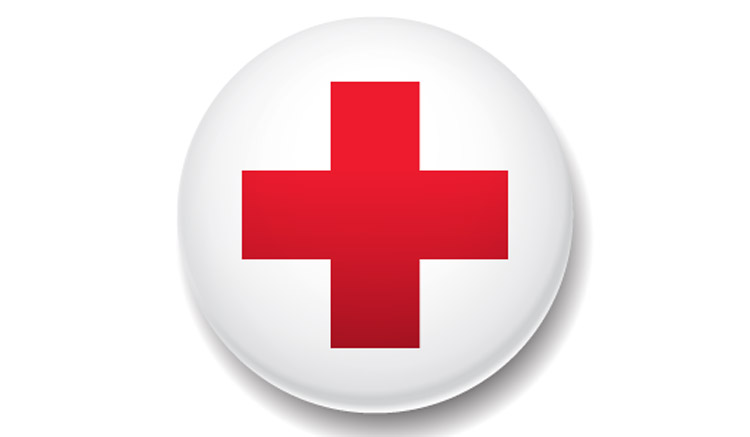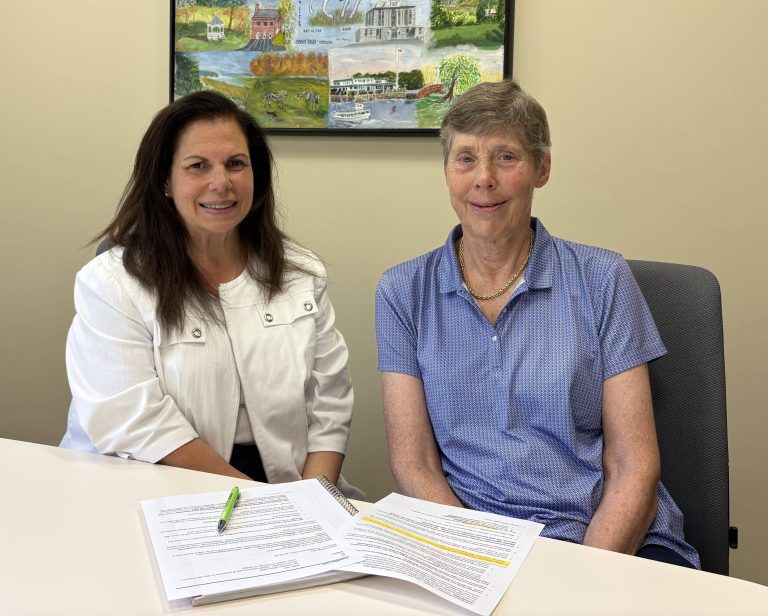
From the Red Cross
As we all deal with challenging demands of the coronavirus, the June 1 start of hurricane season is coming and it’s important to get prepared. Because of COVID-19, getting prepared will look a little different than in other years. With that thinking in mind, the American Red Cross in Greater NY has tips to help you.
“Disasters won’t stop, even during a pandemic,” said Stephanie Dunn Ashley, CEO, American Red Cross Metro NY North Region. “Hurricane season runs from June 1 to November 30 and early reports predict an ‘above average season’ with three to six storms reaching major hurricane strength. Make your preparations now, thinking about the coronavirus situation as you do.”
MAKE A PLAN In light of the coronavirus, you may have to adjust any previous plans you made.
If authorities advise you to evacuate, be prepared to leave immediately with your evacuation kit (see below).
Plan now if you will need help leaving or if you need to share transportation.
Ask friends or relatives outside your area if you are able to stay with them. Check and see if they have symptoms of COVID-19 or have people in their home at higher risk for serious illness. If they have symptoms or people at higher risk in their home, make other arrangements. Check with hotels, motels and campgrounds to see if they are open. Find out if your local emergency management agency has adapted its sheltering plans.
Plan ahead for your pets. Keep a phone list of pet-friendly hotels/motels and animal shelters that are along your evacuation routes. Remember, if it’s not safe for you to stay home, it’s not safe for your pets.
BUILD A KIT Assemble two kits of emergency supplies and a one-month supply of prescription medication. Some supplies may be hard to get, and availability will worsen in a disaster, so start gathering supplies now. Start with this basic supply list:
Stay-at-home kit: Include everything you need to stay at home for at least two weeks with items such as food, water, household cleaning and disinfectant supplies, soap, paper products and personal hygiene items.
Evacuation kit: Your second kit should be a lightweight, smaller version that you can take with you if you must leave your home quickly. Include everything you need to be on your own for three days:
Food and water
Personal hygiene items
Cleaning and disinfectant supplies that you can use on the go (tissues, hand sanitizer with 60% alcohol and disinfecting wipes)
Cloth face coverings for everyone in your household who can wear one safely. Cloth face coverings are not a substitute for physical distancing. Continue to keep about 6 feet between yourself and others in public. Cloth face coverings should not be placed on young children under age 2, anyone who has trouble breathing or is unable to remove it without help.
Infant formula, bottles, diapers, wipes and diaper rash cream
Pet food and extra water
Cash or traveler’s checks
Important family documents such as copies of insurance policies, identification and bank account records saved electronically or in a waterproof, portable container
1-month supply of prescription medication, as well as over-the-counter medications like cough suppressants and fever reducing drugs and medical supplies or equipment. Keep these items together in a separate container so you can take them with you if you have to evacuate.
BE INFORMED Have access to weather alerts and community notifications. Be sure that you can receive official notifications even during a power outage. Always follow the directions of your state and local authorities.
Use the Red Cross interactive map to identify likely disasters in your area.
Learn about your community’s response plan for each disaster and determine if these plans have been adapted because of COVID-19.
Find contact information for state, local and tribal governments and agencies, and for state emergency management agencies.
Because of COVID-19, stay current on advice and restrictions from your state and local public health authorities as it may affect your actions and available resources and facilities.
ONLINE RESOURCES TO HELP GET YOU PREPARED:
Preparedness for Kids: The Pillowcase Project – The Pillowcase Project is an interactive preparedness education program, typically taught in a classroom setting, for children in grades 3 through 5 that teaches kids how to prepare for emergencies, practice what they have learned, and share their knowledge with family and friends. The idea is that when an emergency occurs, everyone in the child’s family knows what to do and how to help each other stay safe. As part of this age-appropriate lesson the kids will also learn skills to help them cope with the emotional brought on by these different emergencies. The Pillowcase Project virtual classes are offered via Webex weekly. www.redcross.org/gnyprepare
Preparedness for Adults: Prepare, Respond, Recover: What to do When Disaster Strikes – The training gives a comprehensive overview on how to prepare for natural and man-made disasters and how to respond to and recover from them.
Virtual classes are offered via WebEx weekly. www.redcross.org/gnyprepare
Visit redcross.org/hurricane for full information about what to do before, during and after a hurricane.




